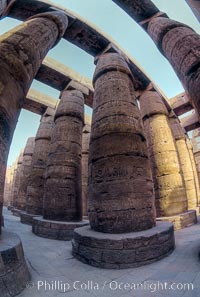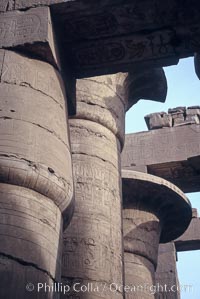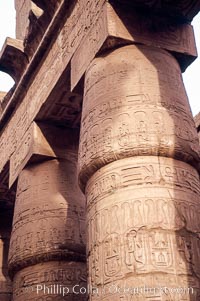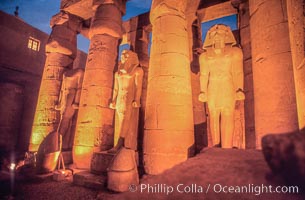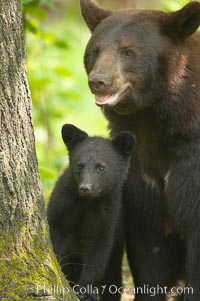
Black bear cub. Black bear cubs are typically born in January or February, weighing less than one pound at birth. Cubs are weaned between July and September and remain with their mother until the next winter.
Species: American black bear, Ursus americanus
Location: Orr, Minnesota
Image ID: 18785
Species: American black bear, Ursus americanus
Location: Orr, Minnesota
Image ID: 18785
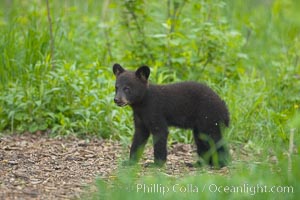
Black bear cub. Black bear cubs are typically born in January or February, weighing less than one pound at birth. Cubs are weaned between July and September and remain with their mother until the next winter.
Species: American black bear, Ursus americanus
Location: Orr, Minnesota
Image ID: 18831
Species: American black bear, Ursus americanus
Location: Orr, Minnesota
Image ID: 18831
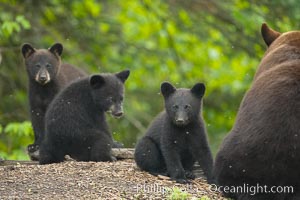
Black bear cub. Black bear cubs are typically born in January or February, weighing less than one pound at birth. Cubs are weaned between July and September and remain with their mother until the next winter.
Species: American black bear, Ursus americanus
Location: Orr, Minnesota
Image ID: 18832
Species: American black bear, Ursus americanus
Location: Orr, Minnesota
Image ID: 18832
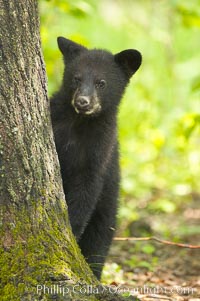
Black bear cub. Black bear cubs are typically born in January or February, weighing less than one pound at birth. Cubs are weaned between July and September and remain with their mother until the next winter.
Species: American black bear, Ursus americanus
Location: Orr, Minnesota
Image ID: 18834
Species: American black bear, Ursus americanus
Location: Orr, Minnesota
Image ID: 18834
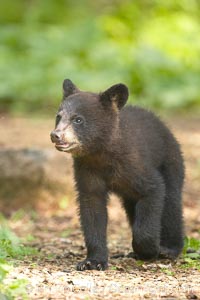
Black bear cub. Black bear cubs are typically born in January or February, weighing less than one pound at birth. Cubs are weaned between July and September and remain with their mother until the next winter.
Species: American black bear, Ursus americanus
Location: Orr, Minnesota
Image ID: 18835
Species: American black bear, Ursus americanus
Location: Orr, Minnesota
Image ID: 18835
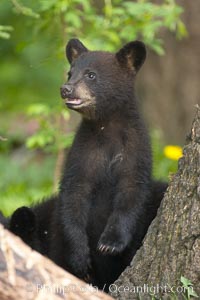
Black bear cub. Black bear cubs are typically born in January or February, weighing less than one pound at birth. Cubs are weaned between July and September and remain with their mother until the next winter.
Species: American black bear, Ursus americanus
Location: Orr, Minnesota
Image ID: 18836
Species: American black bear, Ursus americanus
Location: Orr, Minnesota
Image ID: 18836
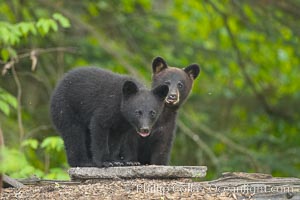
Black bear cub. Black bear cubs are typically born in January or February, weighing less than one pound at birth. Cubs are weaned between July and September and remain with their mother until the next winter.
Species: American black bear, Ursus americanus
Location: Orr, Minnesota
Image ID: 18877
Species: American black bear, Ursus americanus
Location: Orr, Minnesota
Image ID: 18877
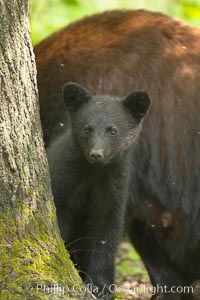
Black bear cub. Black bear cubs are typically born in January or February, weighing less than one pound at birth. Cubs are weaned between July and September and remain with their mother until the next winter.
Species: American black bear, Ursus americanus
Location: Orr, Minnesota
Image ID: 18879
Species: American black bear, Ursus americanus
Location: Orr, Minnesota
Image ID: 18879
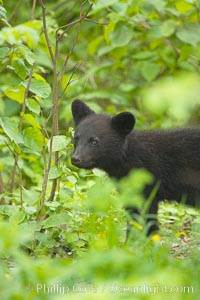
Black bear cub. Black bear cubs are typically born in January or February, weighing less than one pound at birth. Cubs are weaned between July and September and remain with their mother until the next winter.
Species: American black bear, Ursus americanus
Location: Orr, Minnesota
Image ID: 18893
Species: American black bear, Ursus americanus
Location: Orr, Minnesota
Image ID: 18893
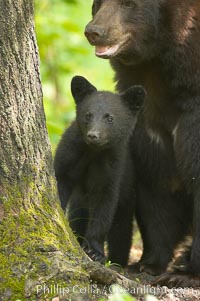
Black bear cub. Black bear cubs are typically born in January or February, weighing less than one pound at birth. Cubs are weaned between July and September and remain with their mother until the next winter.
Species: American black bear, Ursus americanus
Location: Orr, Minnesota
Image ID: 18940
Species: American black bear, Ursus americanus
Location: Orr, Minnesota
Image ID: 18940
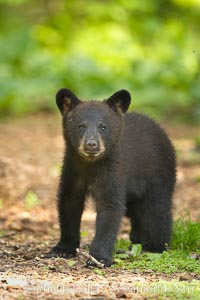
Black bear cub. Black bear cubs are typically born in January or February, weighing less than one pound at birth. Cubs are weaned between July and September and remain with their mother until the next winter.
Species: American black bear, Ursus americanus
Location: Orr, Minnesota
Image ID: 18941
Species: American black bear, Ursus americanus
Location: Orr, Minnesota
Image ID: 18941
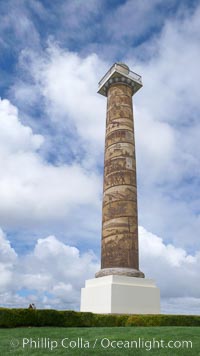
The Astoria Column rises 125 feet above Coxcomb Hill, site of the first permanent American Settlement west of the Rockies, itself 600 feet above Astoria. It was erected in 1926 and has been listed in the National Register of Historic Places since 1974. The column displays 14 scenes commemorating important events in the history of Astoria in cronological order. An interior 164-step spiral staircase leads to the top of a viewing platform with spectacular views.
Location: Astoria, Oregon
Image ID: 19444
Location: Astoria, Oregon
Image ID: 19444
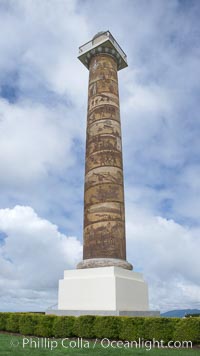
The Astoria Column rises 125 feet above Coxcomb Hill, site of the first permanent American Settlement west of the Rockies, itself 600 feet above Astoria. It was erected in 1926 and has been listed in the National Register of Historic Places since 1974. The column displays 14 scenes commemorating important events in the history of Astoria in cronological order. An interior 164-step spiral staircase leads to the top of a viewing platform with spectacular views.
Location: Astoria, Oregon
Image ID: 19445
Location: Astoria, Oregon
Image ID: 19445
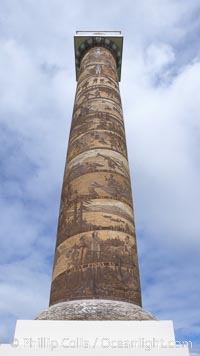
The Astoria Column rises 125 feet above Coxcomb Hill, site of the first permanent American Settlement west of the Rockies, itself 600 feet above Astoria. It was erected in 1926 and has been listed in the National Register of Historic Places since 1974. The column displays 14 scenes commemorating important events in the history of Astoria in cronological order. An interior 164-step spiral staircase leads to the top of a viewing platform with spectacular views.
Location: Astoria, Oregon
Image ID: 19446
Location: Astoria, Oregon
Image ID: 19446
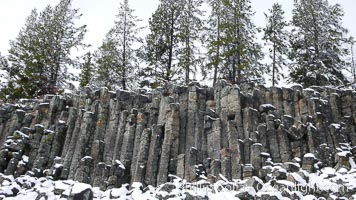
Sheepeater Cliffs, an example of columnar jointing in basalt due to shrinkage during cooling.
Location: Yellowstone National Park, Wyoming
Image ID: 19794
Location: Yellowstone National Park, Wyoming
Image ID: 19794
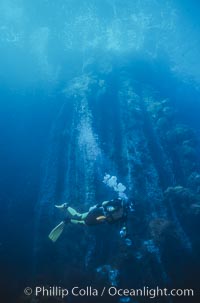
Basaltic columns, Los Arcos del Diablo.
Location: Guadalupe Island (Isla Guadalupe), Baja California, Mexico
Image ID: 06188
Location: Guadalupe Island (Isla Guadalupe), Baja California, Mexico
Image ID: 06188
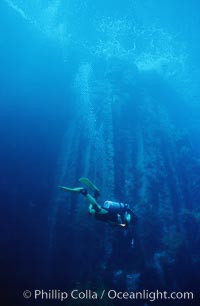
Basaltic columns, Los Arcos del Diablo.
Location: Guadalupe Island (Isla Guadalupe), Baja California, Mexico
Image ID: 06187
Location: Guadalupe Island (Isla Guadalupe), Baja California, Mexico
Image ID: 06187
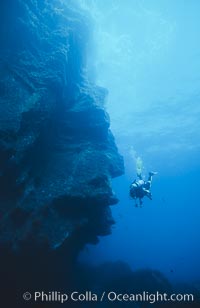
Basaltic columns, Los Arcos del Diablo.
Location: Guadalupe Island (Isla Guadalupe), Baja California, Mexico
Image ID: 06192
Location: Guadalupe Island (Isla Guadalupe), Baja California, Mexico
Image ID: 06192
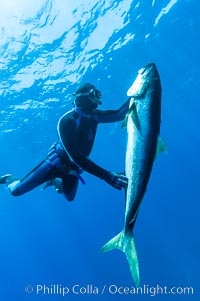
Craig OConnor and his pending spearfishing world record North Pacific yellowtail (77.4 pounds), taken on a breathold dive with a band-power speargun near Abalone Point. Guadalupe Island is home to enormous yellowtail. The three most recent spearfishing world records for Northern yellowtail have been taken at Guadalupe. July 2004.
Species: North pacific yellowtail, Yellowtail, Kingfish, Seriola lalandi
Location: Guadalupe Island (Isla Guadalupe), Baja California, Mexico
Image ID: 09589
Species: North pacific yellowtail, Yellowtail, Kingfish, Seriola lalandi
Location: Guadalupe Island (Isla Guadalupe), Baja California, Mexico
Image ID: 09589
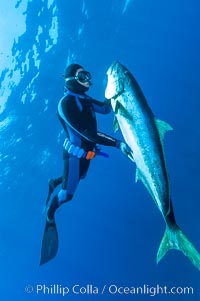
Craig OConnor and his pending spearfishing world record North Pacific yellowtail (77.4 pounds), taken on a breathold dive with a band-power speargun near Abalone Point. Guadalupe Island is home to enormous yellowtail. The three most recent spearfishing world records for Northern yellowtail have been taken at Guadalupe. July 2004.
Species: North pacific yellowtail, Yellowtail, Kingfish, Seriola lalandi
Location: Guadalupe Island (Isla Guadalupe), Baja California, Mexico
Image ID: 09590
Species: North pacific yellowtail, Yellowtail, Kingfish, Seriola lalandi
Location: Guadalupe Island (Isla Guadalupe), Baja California, Mexico
Image ID: 09590
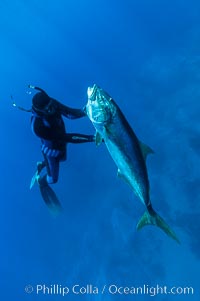
Craig OConnor and his pending spearfishing world record North Pacific yellowtail (77.4 pounds), taken on a breathold dive with a band-power speargun near Abalone Point. Guadalupe Island is home to enormous yellowtail. The three most recent spearfishing world records for Northern yellowtail have been taken at Guadalupe. July 2004.
Species: North pacific yellowtail, Yellowtail, Kingfish, Seriola lalandi
Location: Guadalupe Island (Isla Guadalupe), Baja California, Mexico
Image ID: 09591
Species: North pacific yellowtail, Yellowtail, Kingfish, Seriola lalandi
Location: Guadalupe Island (Isla Guadalupe), Baja California, Mexico
Image ID: 09591
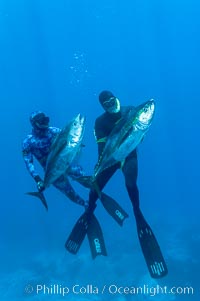
Joe Tobin (left) and James Tate (right) with yellowfin tuna (approx 60 pounds each), taken by breathold diving with band-power spearguns near Abalone Point. Guadalupe Island, like other Eastern Pacific islands, is a fine place in the world to spear large yellowfin tuna. July 2004.
Species: Yellowfin tuna, Thunnus albacares
Location: Guadalupe Island (Isla Guadalupe), Baja California, Mexico
Image ID: 09592
Species: Yellowfin tuna, Thunnus albacares
Location: Guadalupe Island (Isla Guadalupe), Baja California, Mexico
Image ID: 09592
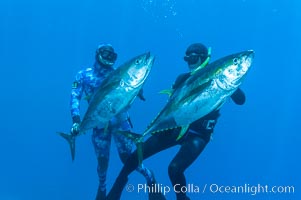
Joe Tobin (left) and James Tate (right) with yellowfin tuna (approx 60 pounds each), taken by breathold diving with band-power spearguns near Abalone Point. Guadalupe Island, like other Eastern Pacific islands, is a fine place in the world to spear large yellowfin tuna. July 2004.
Species: Yellowfin tuna, Thunnus albacares
Location: Guadalupe Island (Isla Guadalupe), Baja California, Mexico
Image ID: 09593
Species: Yellowfin tuna, Thunnus albacares
Location: Guadalupe Island (Isla Guadalupe), Baja California, Mexico
Image ID: 09593
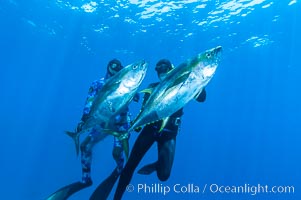
Joe Tobin (left) and James Tate (right) with yellowfin tuna (approx 60 pounds each), taken by breathold diving with band-power spearguns near Abalone Point. Guadalupe Island, like other Eastern Pacific islands, is one of the finest place in the world to spear large yellowfin tuna. July 2004.
Species: Yellowfin tuna, Thunnus albacares
Location: Guadalupe Island (Isla Guadalupe), Baja California, Mexico
Image ID: 09594
Species: Yellowfin tuna, Thunnus albacares
Location: Guadalupe Island (Isla Guadalupe), Baja California, Mexico
Image ID: 09594

